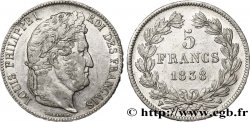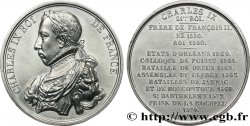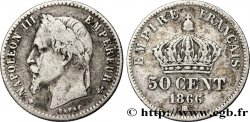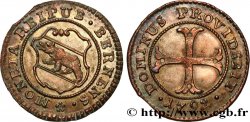fme_562025 - LOUIS-PHILIPPE I Médaille, Retour des cendres de Napoléon Ier
Not available.
Item sold on our e-shop (2020)
Price : 95.00 €
Item sold on our e-shop (2020)
Price : 95.00 €
Type : Médaille, Retour des cendres de Napoléon Ier
Date: 1840
Mint name / Town : 75 - Paris
Metal : copper
Diameter : 36,5 mm
Orientation dies : 12 h.
Engraver BORREL Maurice Valentin (1804-1882)
Weight : 24,94 g.
Edge : lisse
Puncheon : sans poinçon
Coments on the condition:
Patine marron hétérogène. Traces de manipulation dans les champs
Obverse
Obverse legend : NAPOLÉON - EMPEREUR // JE DÉSIRE QUE MES CENDRES / REPOSENT SUR LES RIVES / DE LA SEINE AU MILIEU / DE CE PEUPLE QUE J'AI / TANT AIMÉ.
Obverse description : Tête laurée de Napoléon Ier à gauche ; légende autour et en 5 lignes à l’exergue. Signé : BORREL F..
Reverse
Reverse legend : LE PRINCE DE - JOINVILLE / COMMANDANT - L’EXPÉDITION // TRANSLATION / DES RESTES MORTELS / DE L’EMPEREUR NAPOLÉON, / DE L’ÎLE STE HÉLÈNE / À L’HÔTEL ROYAL DES INVALIDES / 15 DÉCEMBRE 1840. // PRISONNIER 1815 - MORT 1821.
Reverse description : Légendes en neuf lignes entre un coussin avec une couronne, la main de justice, un sabre et l’ordre de... et une urne funéraire inscrite N entre deux palmes.
Commentary
Intéressante médaille à mettre en relation avec la fme_412242 pour le passage à Rouen des restes mortels de Napoléon Ier en 1840, avec le poinçon Proue (donc réalisée entre 1842 et 1845).
La formule consacrée retour des cendres – le terme « cendres » étant pris non au sens propre mais au sens figuré de « restes mortels d'une personne » – désigne le rapatriement en France, en 1840, à l'initiative d'Adolphe Thiers et du roi Louis-Philippe, de la dépouille mortelle de Napoléon et son inhumation aux Invalides.
En mourant, Napoléon Ier avait manifesté le désir d’être inhumé « sur les bords de la Seine, au milieu de ce peuple français [qu’il avait] tant aimé » dans un codicille de son testament écrit le 16 avril 1821 à Longwood House.
Interesting medal to be linked to fme_412242 for the passage to Rouen of the mortal remains of Napoleon I in 1840, with the hallmark Proue (therefore made between 1842 and 1845). The consecrated formula return of the ashes – the term “ashes” being taken not in the literal sense but in the figurative sense of “mortal remains of a person” – designates the repatriation to France, in 1840, at the initiative of Adolphe Thiers and King Louis-Philippe, of the mortal remains of Napoleon and his burial at the Invalides. Upon dying, Napoleon I had expressed the desire to be buried “on the banks of the Seine, in the midst of this French people [that he had] loved so much” in a codicil of his will written on April 16, 1821 at Longwood House
La formule consacrée retour des cendres – le terme « cendres » étant pris non au sens propre mais au sens figuré de « restes mortels d'une personne » – désigne le rapatriement en France, en 1840, à l'initiative d'Adolphe Thiers et du roi Louis-Philippe, de la dépouille mortelle de Napoléon et son inhumation aux Invalides.
En mourant, Napoléon Ier avait manifesté le désir d’être inhumé « sur les bords de la Seine, au milieu de ce peuple français [qu’il avait] tant aimé » dans un codicille de son testament écrit le 16 avril 1821 à Longwood House.
Interesting medal to be linked to fme_412242 for the passage to Rouen of the mortal remains of Napoleon I in 1840, with the hallmark Proue (therefore made between 1842 and 1845). The consecrated formula return of the ashes – the term “ashes” being taken not in the literal sense but in the figurative sense of “mortal remains of a person” – designates the repatriation to France, in 1840, at the initiative of Adolphe Thiers and King Louis-Philippe, of the mortal remains of Napoleon and his burial at the Invalides. Upon dying, Napoleon I had expressed the desire to be buried “on the banks of the Seine, in the midst of this French people [that he had] loved so much” in a codicil of his will written on April 16, 1821 at Longwood House







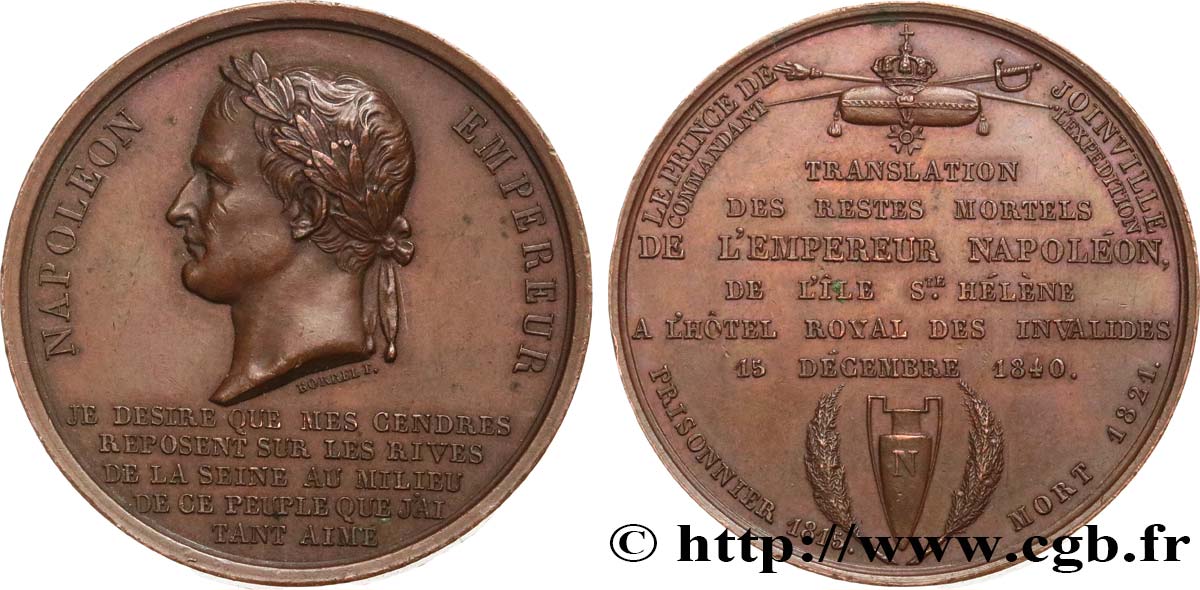
 Report a mistake
Report a mistake Print the page
Print the page Share my selection
Share my selection Ask a question
Ask a question Consign / sell
Consign / sell
 Full data
Full data